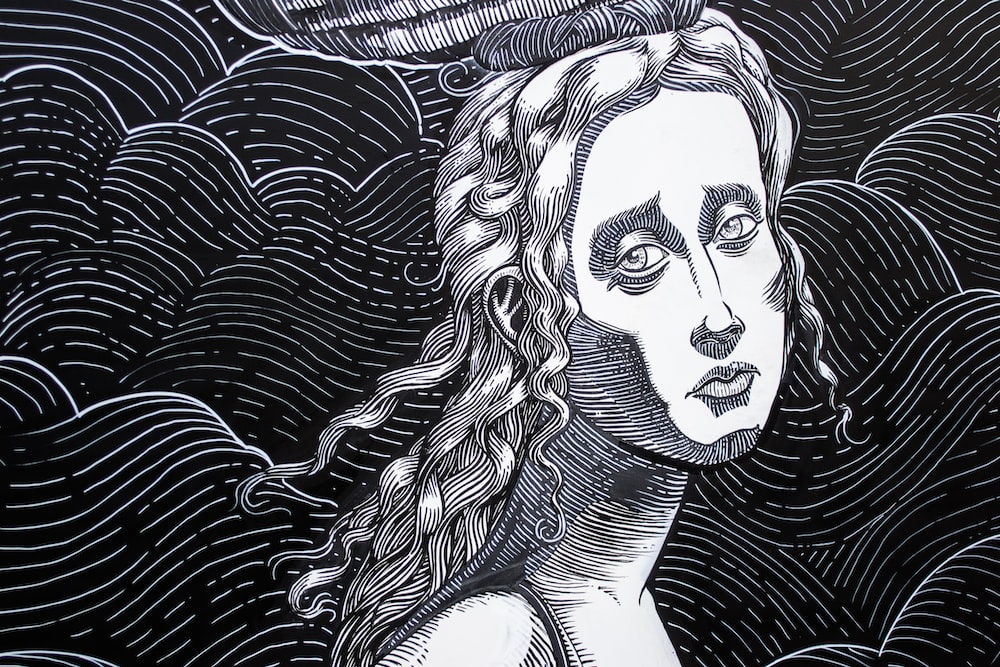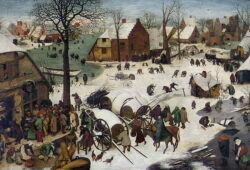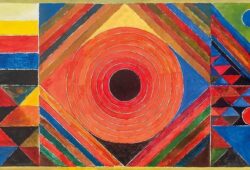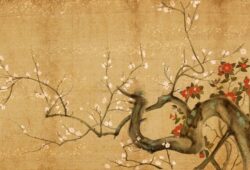A Glimpse into the Rich Tapestry of Medieval Art
 Posted On
Posted On
Medieval art, spanning over a millennium from the 5th to the 15th century, is a fascinating journey through the artistic expressions of a turbulent and transformative era in European history. It reflects not only the religious and societal values but also the evolving techniques and cultural diversity that characterized the Middle Ages. In this article, we will explore the essence and evolution of Medieval art, highlighting its distinctive features, influences, and enduring legacy.
The Distinctive Features of Medieval Art
Spirituality: One of the most defining aspects of Medieval art is its strong connection to religion. The Catholic Church was a dominant force in medieval Europe, and art was often commissioned to serve as a visual representation of religious stories, beliefs, and teachings. Iconic examples include the stunning stained-glass windows of cathedrals and intricate illuminated manuscripts used for religious texts.
Symbolism: Medieval art was steeped in symbolism, with each element having a deeper, often allegorical meaning. Animals, plants, and even colours were used to convey spiritual and moral messages. For instance, the lily symbolized purity, while the peacock represented immortality.
Lack of Perspective: Unlike the realistic perspective of the Renaissance that followed, Medieval art often lacked depth and spatial realism. Figures were portrayed hierarchically, with more important individuals shown as larger or placed higher in the composition. This approach emphasized the spiritual significance of the subject rather than physical accuracy.
Manuscript Illumination: Illuminated manuscripts were a hallmark of Medieval art, characterized by intricate hand-painted illustrations and decorative embellishments. The Book of Kells, a famous illuminated manuscript, exemplifies the level of detail and craftsmanship that went into creating these works.
The Influences on Medieval Art
Byzantine and Roman Art: The Byzantine Empire’s artistic traditions strongly influenced Medieval art, particularly in the Eastern part of Europe. Icon painting, mosaic work, and the use of gold leaf were elements borrowed from Byzantine art. Roman art also had a substantial impact, especially in architecture and sculpture.
Viking Art: The Norse culture, known for its intricate metalwork and ship carvings, had an influence on Medieval art, particularly in areas where the Vikings settled or traded.
Islamic Art: Contact with the Islamic world through trade and conflict introduced new artistic techniques and materials to Europe. Islamic art’s intricate geometric patterns and calligraphy inspired elements of Medieval design.
Celtic Art: The Celts left a lasting imprint on Medieval art, especially in Ireland and Scotland. Their interwoven patterns and intricate knotwork found their way into manuscripts and metalwork.
The Enduring Legacy of Medieval Art
While the Middle Ages were an era of transition and upheaval, the art produced during this time continues to captivate and inspire. Its legacy can be seen in various forms:
Gothic Architecture: The soaring cathedrals, with their stunning stained-glass windows and flying buttresses, are among the most recognizable achievements of Medieval art. They stand as a testament to the architectural brilliance of the time.
Manuscript Illumination: The art of creating illuminated manuscripts has been carried forward into the present day. Contemporary artists and calligraphers still draw inspiration from the intricate designs and craftsmanship of Medieval illuminated manuscripts.
Influence on Fantasy Art: The rich tapestry of Medieval art has greatly influenced the fantasy genre. Many contemporary artists, writers, and filmmakers draw inspiration from the fantastical creatures, epic battles, and romanticized landscapes found in Medieval artworks.
Medieval art, a product of its time and the convergence of various cultures, reflects the complex tapestry of the Middle Ages. Its distinct features, deep spiritual symbolism, and the influences it drew from various traditions continue to be a source of fascination and inspiration. While the Middle Ages are long past, the art they produced endures as a testament to the human spirit’s enduring capacity for creativity and expression.



